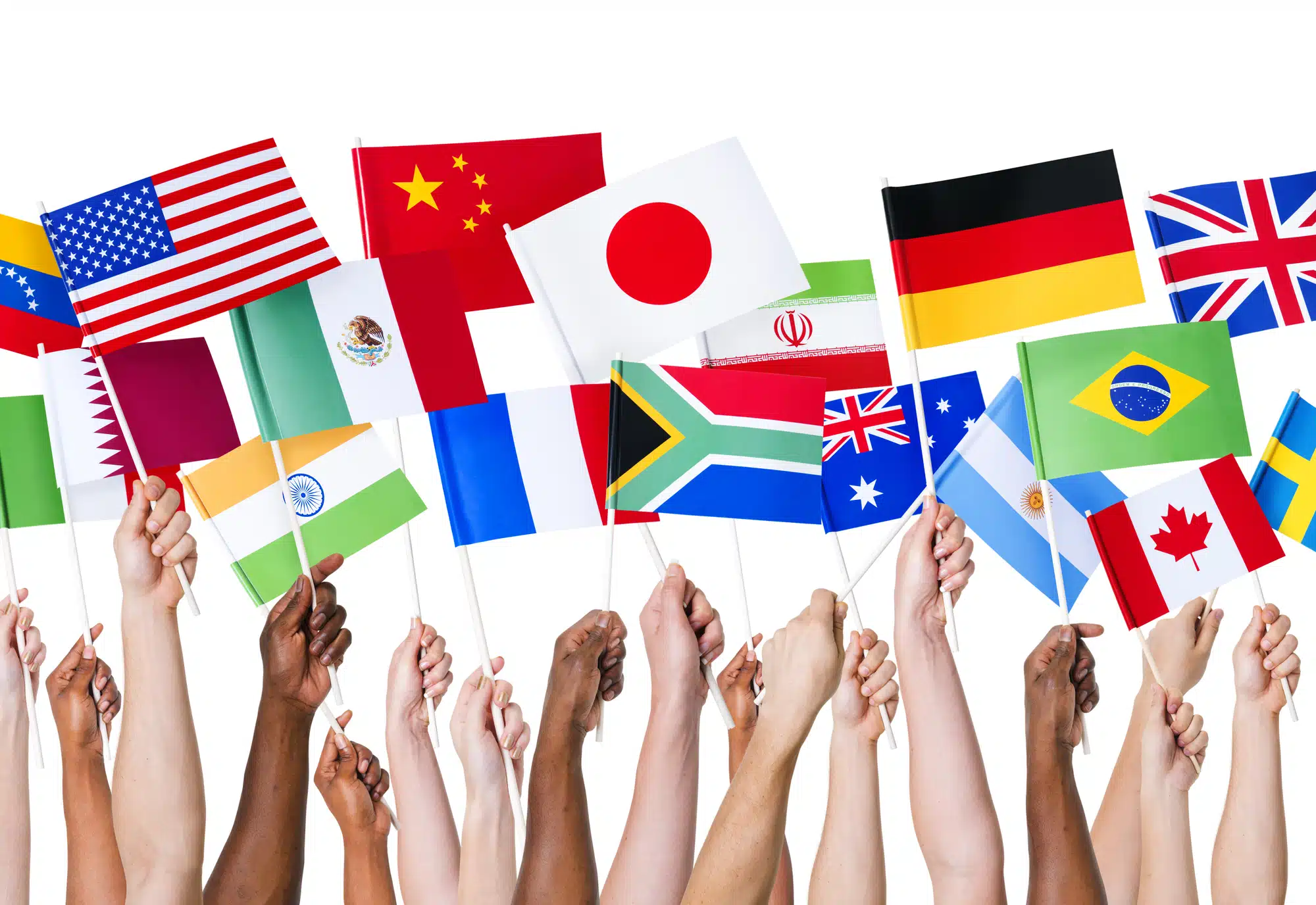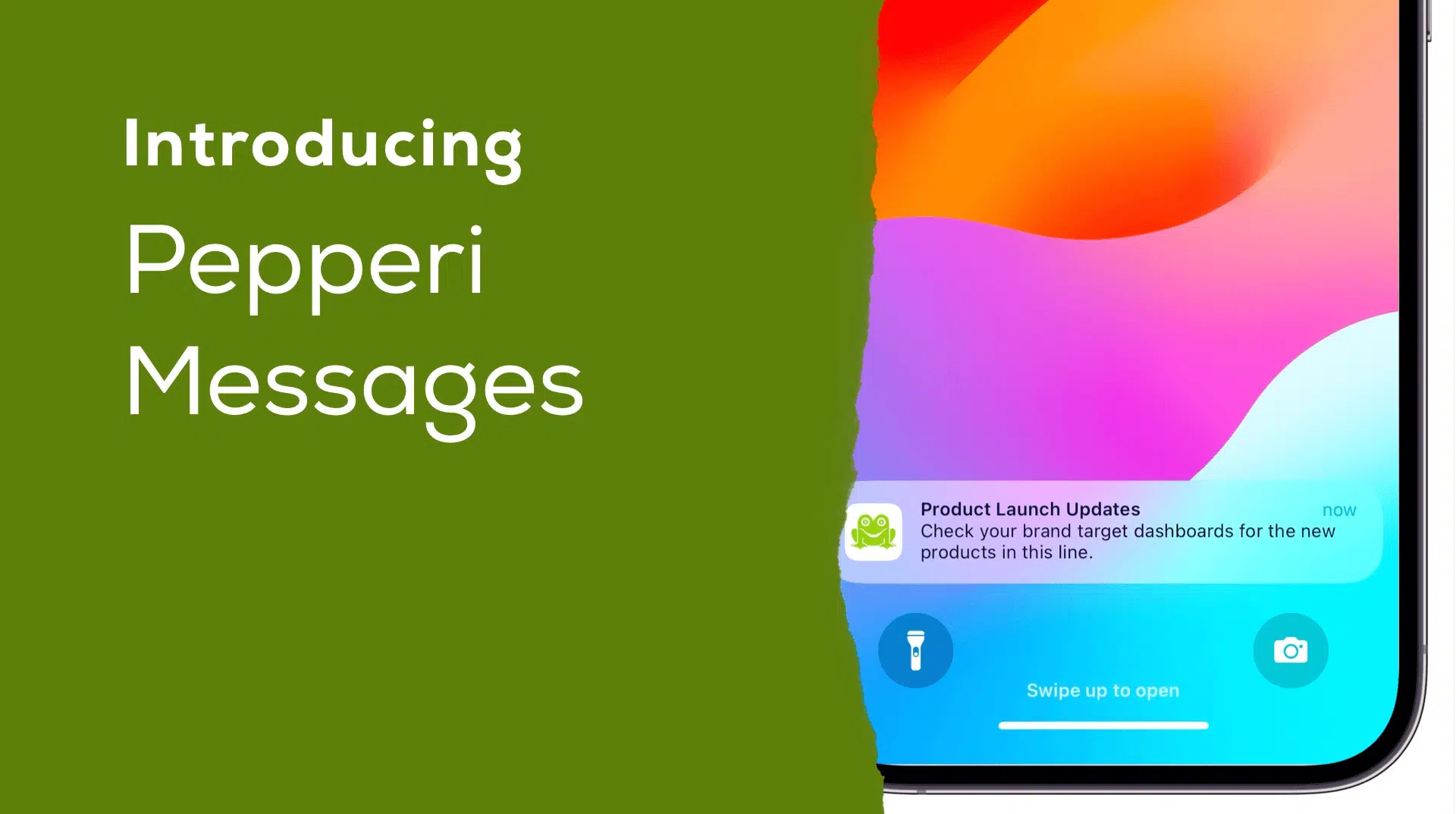Influence Marketing for FMCG: Best Practices & Strategies
November 7, 2023 By Yana Persky

Updated on Nov 7, 2023
Planning a marketing budget is never easy, and even a marketing pro finds himself puzzled when analyzing actual marketing expenses and their effectiveness. Not once or twice you’ve probably asked yourself what you should be investing in next year. What marketing activities will bring more brand recognition and contribute to a growth strategy? Traditional marketing? Digital marketing? And the list goes on and on, and keeps changing too as new marketing tactics emerge every day, and you don’t have the luxury of not experimenting.
Traditional ad spending down
For decades, TV advertising was considered THE mass medium & the quickest way of reaching a large audience in a short period of time. Agencies were rewarded for their efforts and it was a highly profitable channel for them in terms of commissions. Besides, it was quite easy to justify the TV ad spend when the corporate structure placed too much responsibility on a few key individuals who were unwilling to take the risk of experimenting with alternative channels and were too terrified to fail.
According to a recent survey of CMOs, broadcast-TV spend didn’t even make their top-10 list of priorities. Gone are the days when CPG companies invested a huge portion of their budget in TV commercials or print and magazine ads to promote new products.
Media agency Zenith forecast a decline in US TV ad spend as audiences shrink and marketers pour their advertising dollars into digital video. Zenith predicted total TV spending in the US would shrink by 4% to $60.5 bn in 2021, from $63.4 bn in 2020.
Overall, traditional ad spends dropped by 5.3%. Companies worth $1-9.9bn experienced the largest negative change (-7.6%), while other sizes had between -4% to -5% change.
On the flip-side, digital marketing spend has increased by 8.4% overall, while B2C product and B2B sectors experienced the highest ~10% growth.
CMO Survey 2020
Leveraging Mobile Marketing in the FMCG Industry
Mobile marketing plays a pivotal role in the success of FMCG (Fast-Moving Consumer Goods) brands due to the unparalleled reach and engagement it offers. In an era where smartphones have become extensions of individuals, leveraging mobile platforms becomes imperative for FMCG companies to directly connect with their target consumers.
The immediacy and personal nature of mobile devices enable brands to deliver tailored messages, offers, and advertisements, fostering a deeper connection and engagement.
With the ability to reach consumers on-the-go, gather real-time data, and personalize experiences through apps, social media, and targeted campaigns, mobile marketing serves as a cornerstone for FMCG brands to not only boost visibility but also drive sales and brand loyalty in an increasingly competitive market.
Effective Social Media Strategies for FMCG Brands
Marketers believe that spending on mobile ads and social media will continue to grow in the next 5 years, with mobile advertising accounting for 34% of marketing budgets and social for 24%. Mobile and social media marketing have become a foundation for the success of B2C product enterprises in particular.
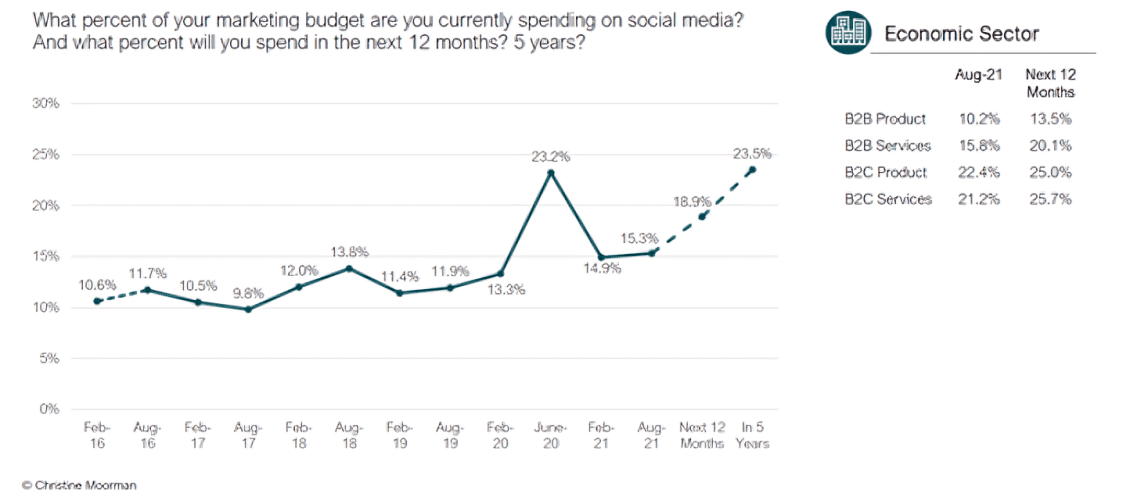
Leveraging Mobile Marketing in the FMCG Industry
Industries leading in current social media spend are Education (22.4%) and Consumer Packaged Goods (21.6%), while other industries lag.
FMCG companies are considerably more likely to use social media for brand recognition and to attract and retain customers than for market research, employee engagement, or other social media activities.
Understanding FMCG Marketing Strategies
The State of Influencer Marketing 2020 states that for every dollar invested on influencers, businesses earn $5.78, with some earning up to $18.
Globally, FMCG firms spend an average of $22K a year per influencer.
Typically, food and beverage businesses will spend their money on dozens of influencers. Approximately 45% of businesses said they generally operate with 51-100 people at a time.
38% of marketers intend to spend between 10-20% of their marketing budget on influencer campaigns, while an additional 19% plan to allocate 20-30% on influence marketing.
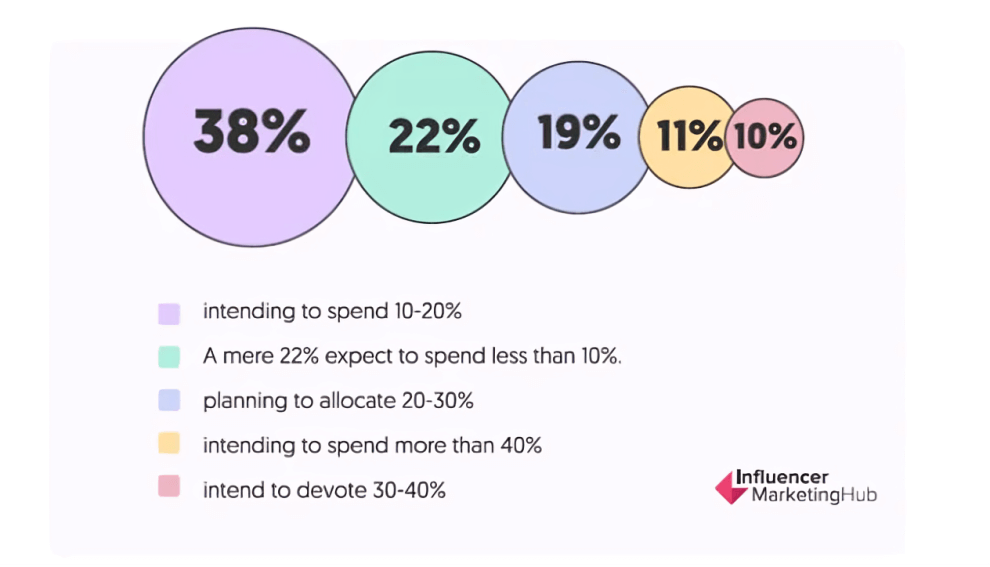
B2C companies primarily use social media influencers who are active on the following platforms: Instagram – 68%, TikTok – 45% and Facebook – 43%.
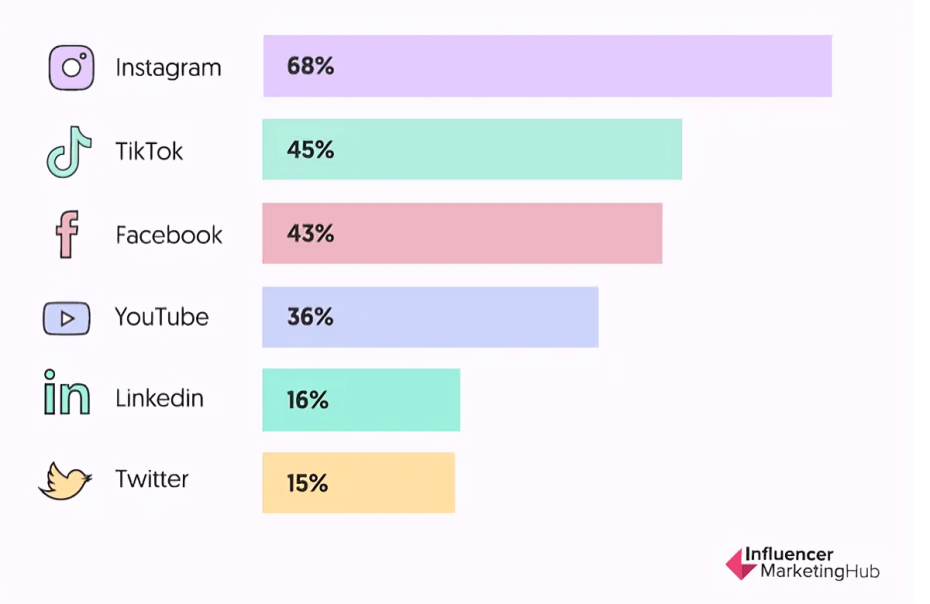
Food & Beverage, Lifestyle and Beauty are among the top 3 industries that are leading the charge.
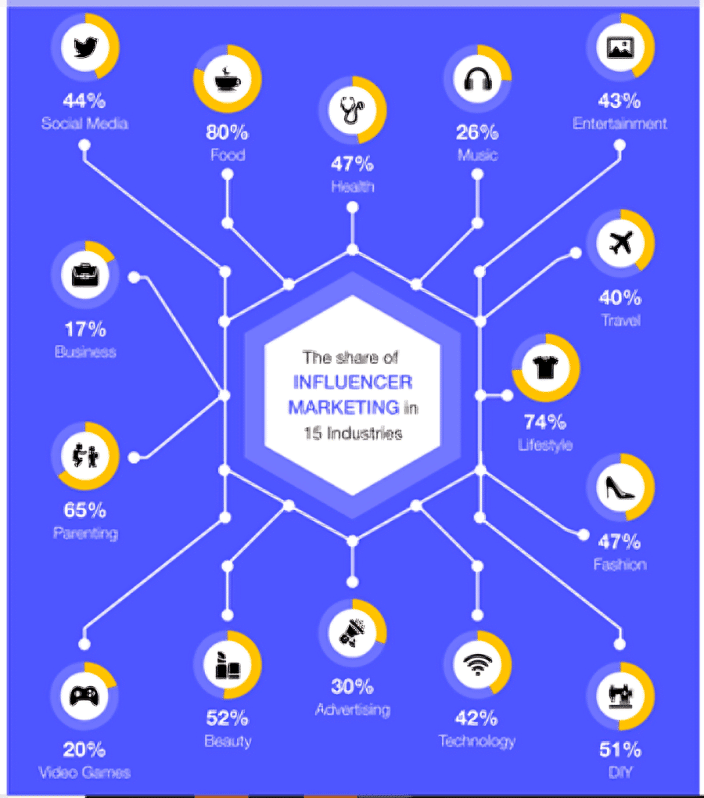
Sending free product samples has become the most common type of influencer payment.
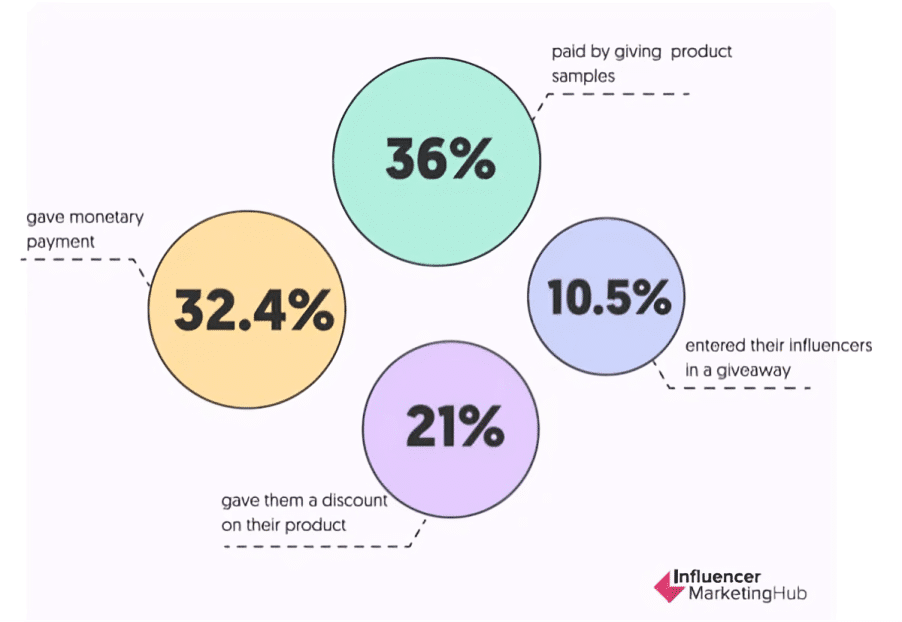
How best-performing FMCG brands process product samples
Whether you already collaborate with social media influencers or intend to embrace this strategy in the near future, creating an effective workflow to process around 47% of non-charge orders will definitely take your company to the next level!
Dermalogica, a Unilever brand, and a Pepperi customer, engages their social media influencers for product launches. With 6 new product launches each year, and over 5,000 product giveaways per launch, Dermalogica aimed to boost sales and increase consumer awareness – but in the process increased the burden on the customer service department.
Dermalogica wanted to eliminate the Customer Service step of processing ‘no-charge’ orders that they send to social media influencers or place other no-charge orders to support growth of the business through prospecting, account events, etc.
Advertising and Promotions Workflow
By using a dedicated Advertising & Promotion (A&P) workflow, Marketing and Sales could now choose the relevant cost center, and place no-charge orders on their own. Customer Service intervention to process A&P orders that do not require approval or review was completely eliminated.
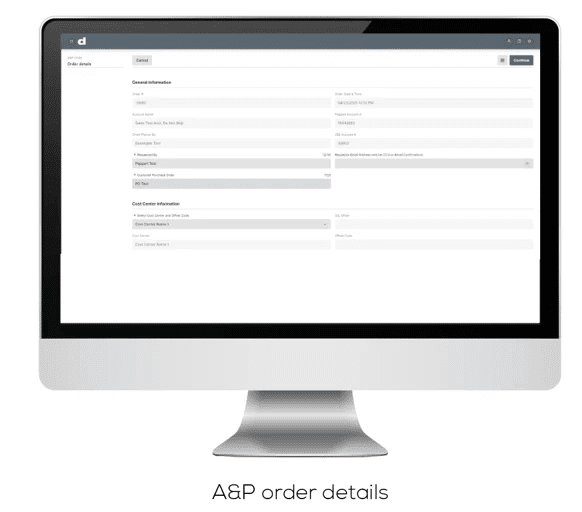

Customer Service savings: 12K fewer A&P orders to process annually (Customer Service involvement eliminated)
Real-time stock levels
Social media influencers have an online reputation to uphold and want to know that the companies they collaborate with are able to provide the products they promote to their followers.
Company employees (marketing) who nurture relationships with SM influencers need to be kept up-to-date on available stock levels, especially if inventory suddenly goes down if other orders are submitted since the current order was created. Real-time stock levels are therefore critical when placing these no-charge orders.
The solution is an ‘Available Quantity’ field that is refreshed automatically every 60 seconds and re-calculated for each line item based on the latest information from the ERP. After a 60 second delay, the ‘submit’ button is blocked and the user is prompted to refresh – and both of these validations will be verified when they try to submit again.
Pepperi’s Expert Insights
Influence marketing has no doubt shaken the FMCG industry. To keep the momentum going, FMCG businesses are redirecting marketing budget away from traditional advertising and marketing strategies, and pouring huge budgets into influencers instead.
The value social media influencers bring is phenomenal – it makes it possible for word of mouth to spread quickly and has become one of the most cost-effective customer acquisition channels. However, as part of their ad spend shift, FMCG companies should invest in their tech-stack and use automated workflows to save time and labor costs and boost efficiency by eliminating repetitive tasks and human errors.
FAQs:
Why is influence marketing important in the FMCG industry?
Influence marketing holds profound significance in the FMCG industry due to its ability to build authentic connections and drive consumer trust and purchase decisions.
Influencers wield substantial sway over their followers, often possessing the power to shape opinions and influence buying behaviors.
In the FMCG sector, where brand loyalty and swift purchasing decisions are paramount, collaborating with influencers allows brands to tap into established communities, effectively reaching target audiences in a more relatable and persuasive manner.
Through influencer partnerships, FMCG brands can leverage the credibility and reach of these individuals to create engaging content, showcase product benefits, and foster genuine connections, ultimately driving awareness, engagement, and conversions in a landscape where consumer preferences are highly influenced by peer recommendations and social validation.






















